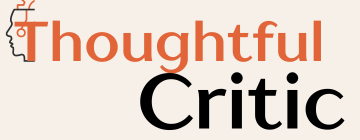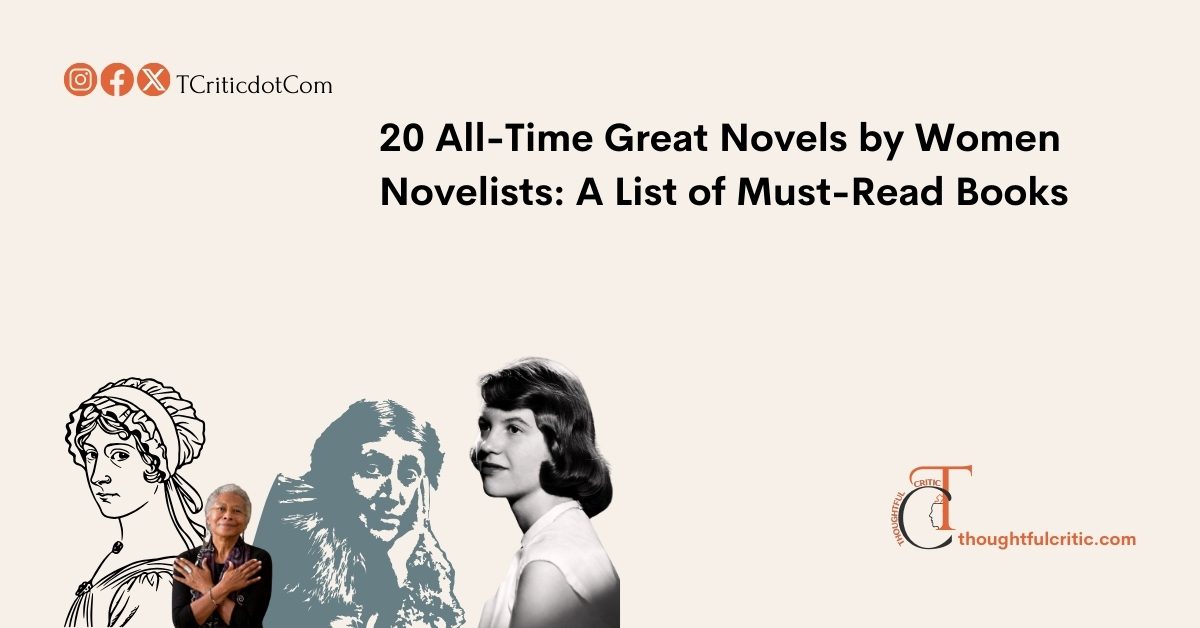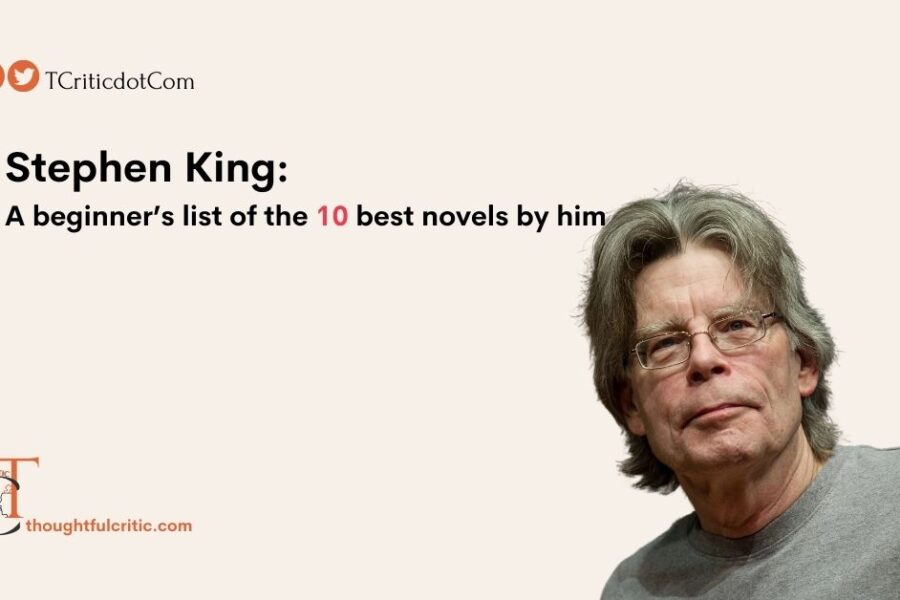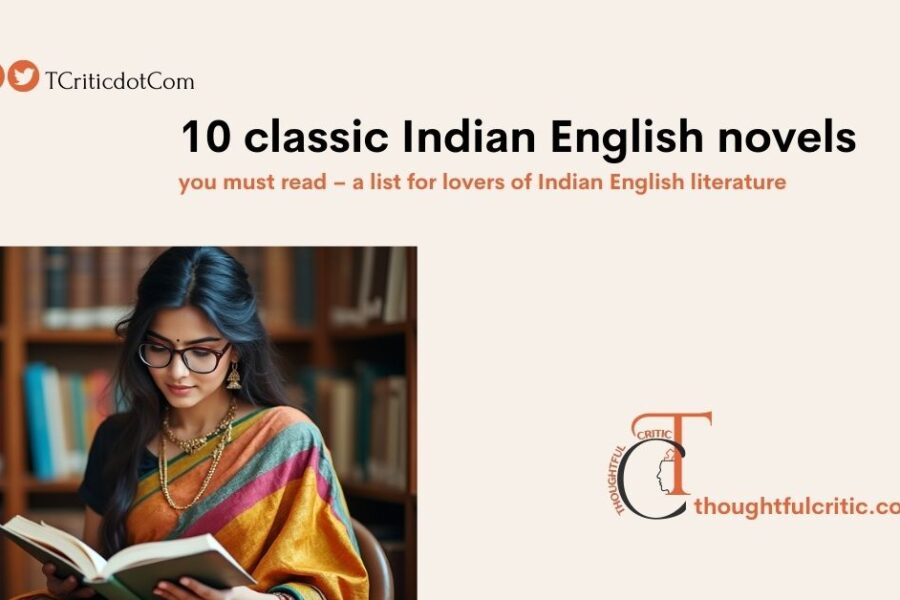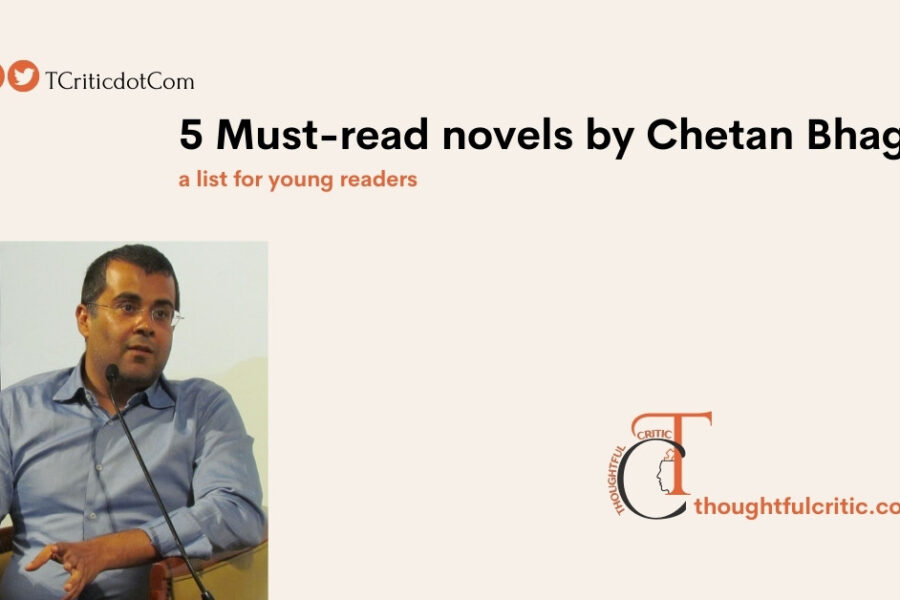For centuries, literature has been shaped by the voices of women who dared to write in a world that often dismissed their perspectives. Novels by women novelists offer something irreplaceable—an intimate understanding of female agency, resilience, and the quiet revolutions that unfold in domestic spaces, social constraints, and the inner lives of women. From Jane Austen’s razor-sharp social critiques to Toni Morrison’s unflinching explorations of race and identity, these works capture experiences that male authors, no matter how brilliant, could never fully replicate. Women novelists have documented the subtleties of oppression, the complexities of desire, and the quiet rebellions that history often overlooks. Their stories are not just about women but about humanity, seen through a lens that was, for too long, suppressed or ignored.
Reading novels by women is not just an act of literary appreciation, but also one of historical and emotional reparation. Virginia Woolf famously wrote that a woman must have “a room of one’s own” to create, and in that space, generations of women have crafted narratives that redefine power, love, and survival. Whether it’s the suffocating expectations in The Bell Jar, the raw defiance in The Colour Purple, or the biting wit in Pride and Prejudice, these novels force readers to confront realities beyond their own. They challenge the canon, expand empathy, and prove that the so-called “feminine” perspective is, in fact, universal.
Suppose Jane Austen and Charlotte Brontë were alive today. In that case, they’d probably be running a brutally honest book club where they dissected marriage proposals, bad manners, and the perils of being an intelligent woman in a world that prefers you to be quiet. Austen, with her lethal irony, would drop a perfectly timed one-liner about how little has changed since 1813, while Charlotte would sigh dramatically about how Jane Eyre was just a cautionary tale about falling for mysterious men with attic-bound secrets. And then there’s Emily Brontë, who published Wuthering Heights, a single, furious masterpiece so intense that it scared critics, inspired countless gothic romances, and ensured she never had to write another word to stay immortal. Some authors need a whole shelf; Emily needed one book.
Now, let’s dive into a list of 20 all-time great novels by women novelists, spanning from the 18th century to the present day. These are works that have redefined literature, challenged societal norms, and remain essential reading for anyone who loves books. Each entry includes a critical evaluation and summary to guide your next great read.
The List: 20 Essential Novels by Women Novelists
1. Pride and Prejudice – Jane Austen (1813)
Tell me if you know a better way to begin any list of novels written by women novelists! I cannot see. So, let’s put this masterpiece at the top. Austen’s most beloved novel is a masterclass in social satire and romantic tension. Elizabeth Bennet’s sharp wit and refusal to marry for convenience clash with the proud Mr. Darcy in a dance of misunderstandings and personal growth. Beyond its iconic love story, the novel critiques class, gender, and the economic pressures on women. Austen’s genius lies in her ability to make a drawing-room conversation as thrilling as a duel.
2. Jane Eyre – Charlotte Brontë (1847)
For me, there will always be a competition between Charlotte and Emily. Though Emily wrote only one, she stands toe to toe with Charlotte, who produced many works of fiction. In the larger scheme of things, however, I put Jane Eyre before Wuthering Heights. A groundbreaking blend of gothic mystery and feminist defiance, Jane Eyre follows its heroine from an abusive childhood to a tumultuous love affair with the brooding Rochester. Brontë’s novel shocked readers with its portrayal of a plain, poor woman demanding equality in love and life. Jane’s famous declaration—“I am no bird; and no net ensnares me”—remains one of literature’s most powerful statements of independence.
3. Wuthering Heights – Emily Brontë (1847)
What can I say about this one? Unmatched in gore, gothic and greatness, always a storm of passion and revenge, Wuthering Heights is unlike any other 19th-century novel. Heathcliff and Catherine’s destructive love defies morality and reason, unfolding in a bleak Yorkshire landscape. Emily Brontë’s only novel was initially panned for its brutality, but its raw emotional power and narrative complexity have since cemented its place as a masterpiece.
4. Middlemarch – George Eliot (1871-72)
Though I always stayed away from committing myself to this tunnel, where light could only be seen at the end, very far away from where I stood, I finally read it… Many years after my academic pursuits were finally over! Eliot’s sprawling epic dissects provincial life with unmatched psychological depth. Dorothea Brooke’s idealism, Lydgate’s ambitions, and the web of marriages and scandals in Middlemarch create a panoramic view of human nature. Virginia Woolf called it “one of the few English novels written for grown-up people.”
5. Anna Karenina – Leo Tolstoy (1877) (Yes, Tolstoy was male, but this list strictly honours women writers. Let’s replace it with something else! 🙂
5. The Awakening – Kate Chopin (1899)
Let’s be honest – Edna Pontellier’s final swim still divides book clubs today. Chopin’s revolutionary 1899 novel about a woman who dares to want more than being someone’s wife was so scandalous it practically sank to the bottom of the Gulf alongside its heroine. The prose drips with Creole heat and simmering discontent as Edna trades her parlour for an artist’s garret and her wedding ring for… well, read it and weep (literally). A century later, we’re still arguing about that ending, which is precisely how Chopin would have wanted it.
6. To the Lighthouse – Virginia Woolf (1927)
If novels were paintings, this would be Lily Briscoe’s impressionist masterpiece – all dappled light and fleeting moments. Woolf takes what should be a simple seaside holiday and turns it into a profound meditation on how we’re all just trying to make meaning between the sandwiches and the sunset. Mrs. Ramsay’s dinner party will leave you breathless, Mr. Ramsay’s poetry quoting will make you cringe, and Lily’s final brushstroke might rewrite how you see the world. Modernist literature doesn’t get more luminous than this.
7. Their Eyes Were Watching God – Zora Neale Hurston (1937)
Honey, let me tell you about Janie Crawford – a woman who lived three lifetimes before breakfast and loved like a hurricane shaking palm trees. Hurston’s Southern Gothic masterpiece sings with the honeyed dialect of Florida porch swings and the raw truth of a Black woman claiming her voice in the Jim Crow South. When Janie finally tells her story while peeling potatoes, you’ll want to sit cross-legged at her feet. Tea cakes, pear trees, and that ending? Lord, have mercy.
8. The Bell Jar – Sylvia Plath (1963)
Ever felt like the world was pressing down on you like a giant glass jar? Welcome to Esther Greenwood’s 1950s nightmare, where every internship, every date, every expectation feels like another stitch in the straitjacket. Plath’s semi-autobiographical novel about depression reads like someone took a razor to the American Dream – the prose so sharp it draws blood. That fig tree metaphor? Still ruins ambitious women everywhere (in the best way possible).
9. The Color Purple – Alice Walker (1982)
God might get tired of Celie’s letters, but we never will. Walker’s Pulitzer winner takes what could be a catalogue of horrors – abuse, racism, sexism – and transforms it into the most life-affirming book you’ll ever read. When Shug Avery saunters into town in her red dress, preaching about “the color purple,” you’ll want to stand up and testify. By the time Celie finds her voice, you’ll be shouting “Amen!” right along with her.
10. Beloved – Toni Morrison (1987)
Morrison doesn’t write ghost stories – she writes hauntings. Based on the true tragedy of Margaret Garner, this novel asks what price we pay to survive, and whether love can ever be anything but complicated when you’ve been property. Sethe’s choice, Paul D’s tobacco tin heart, that eerie baby ghost – they’ll all take up residence in your mind and refuse to leave. The only book where “124 was spiteful” might be the greatest opening line in American literature.
11. The Handmaid’s Tale – Margaret Atwood (1985)
Offred’s red habit and winged bonnet have become the uniform of feminist resistance, proving Atwood’s dystopia hits closer to home with each passing year. The genius isn’t in the horror of Gilead – it’s in the quiet terror of how easily we recognise its building blocks. That Latin phrase scratched in the closet? More relevant than ever. Just remember: “Nolite te bastardes carborundorum” isn’t just for handmaids anymore.
12. Half of a Yellow Sun – Chimamanda Ngozi Adichie (2006)
Adichie takes the Biafran War—a footnote in Western history books—and turns it into a sweeping epic of love, betrayal, and jollof rice. Through the eyes of a houseboy, a professor’s mistress, and a British expat, we watch Nigeria tear itself apart while ordinary people try to keep living. That final image of the starving child will burn behind your eyelids for weeks. Pro tip: Don’t read this one when you’re hungry – the descriptions of pepper soup will make you hungry.
13. The God of Small Things – Arundhati Roy (1997)
Roy’s Booker Prize winner reads like a poem disguised as a novel – all lush Kerala landscapes and heartbreak hiding between commas. The story of Estha and Rahel’s fractured childhood unfolds simultaneously, backwards and forward, like one of those intricate kolam patterns drawn outside Indian homes. Warning: You’ll never hear “Orangedrink Lemondrink man” the same way again. A masterpiece that proves sometimes the most minor things break us the most.
14. White Teeth – Zadie Smith (2000)
Smith’s debut bursts onto the page like a London street market – all noise, spice, and glorious chaos. Between a Bengali Muslim family, a Jamaican British clan, and their eccentric white friend Archie, this multigenerational saga tackles identity with more wit than a dozen lesser novels. The scene with the mouse in the marijuana garden alone deserves its literary prize. Proof that the 21st-century novel could still be big, bold, and unapologetically intelligent.
15. Americanah – Chimamanda Ngozi Adichie (2013)
Ifemelu’s blog posts about race in America should be required reading before getting a U.S. visa. Adichie’s genius is making us laugh about hair relaxers one minute and gut us with insights about immigration the next. That scene where she finally cuts off her relaxer? Every Black woman’s liberation fantasy. A love story, yes – but mostly a love letter to every woman who’s ever had to code-switch her way through life.
16. The Golden Notebook – Doris Lessing (1962)
Lessing’s fragmented masterpiece is like finding someone’s diaries and realising they’ve written your thoughts before you could think them. Anna Wulf’s four notebooks (black for Africa, red for politics, yellow for fiction, blue for personal) explode the very idea of what a novel can be. When does she finally start writing in the golden notebook? Hold onto your hats. The ultimate “messy woman” novel decades before that was a thing.
17. The Poisonwood Bible – Barbara Kingsolver (1998)
Kingsolver spins the Congo’s tragic history into a family saga so vivid you’ll smell the jungle rot and hear the mamba’s rattle. Each Price sister gets her unforgettable voice – from Adah’s brilliant backwards-talk to Rachel’s malapropisms (“Tata Jesus is bangala!”). A missionary tale where the real sin isn’t paganism but paternalism. That opening list of what they brought to Africa? Pure literary sleight-of-hand.
18. The Joy Luck Club – Amy Tan (1989)
Four mahjong tables, sixteen stories, and enough mother-daughter tension to power Shanghai. Tan’s breakthrough novel stitches together immigrant experiences with the delicate precision of a silk embroidery. That scene where Jing-Mei finally understands her mother’s swan feather? Keep tissues handy. Proof that the stories we inherit are both our burden and our salvation.
19. Gilead – Marilynne Robinson (2004)
An old preacher’s letter to his son shouldn’t be this mesmerising, but Robinson makes every sunset in Iowa feel like a psalm. John Ames’s meandering reflections on grace, baseball, and baptism will sneak up on you – one minute you’re reading about his grandfather’s Civil War exploits, the next you’re sobbing over a discussion of laundry—the quietest novel to ever knock you sideways.
20. Normal People – Sally Rooney (2018)
Connell’s chain and Marianne’s sharp tongue have become the emblems of millennial love in the 2010s. Rooney’s genius is in making the on-again, off-again romance of two privileged Irish teens feel like the most urgent story ever told. Those email exchanges? Devastating. That final scene? Perfect. Proof that the right person at the wrong time is still the wrong person, no matter how many literary prizes it wins.
Why This List Matters
These 20 novels are more than just great books—they are cultural landmarks, each one a testament to the power of women’s voices in literature. They challenge, comfort, and provoke, offering perspectives that have reshaped our view of love, society, and ourselves. Whether you’re discovering them for the first time or revisiting an old favourite, each of these works promises a transformative reading experience. So pick one, settle in, and let these extraordinary women novelists guide you through worlds only they could have created. Happy reading!
List by Ashish Mishra for the Thoughtful Critic platform.
